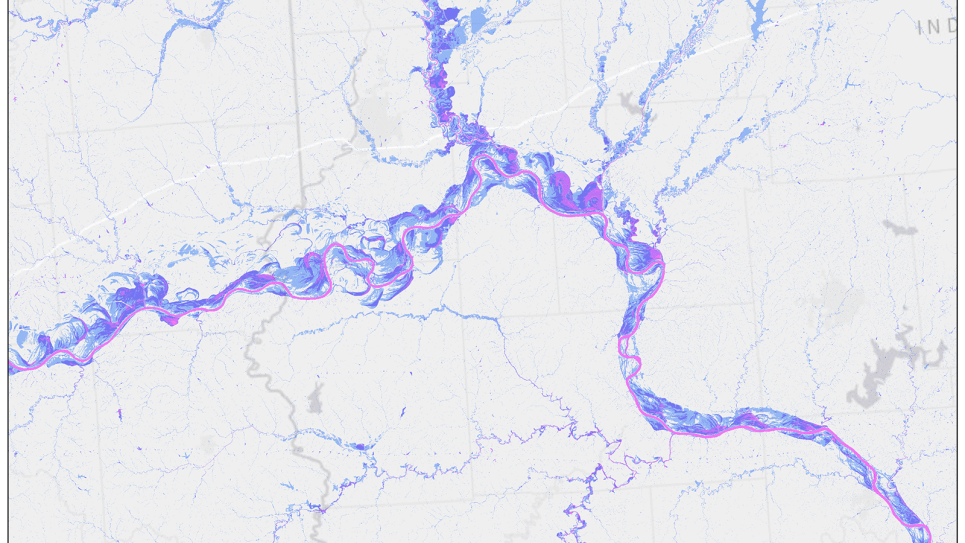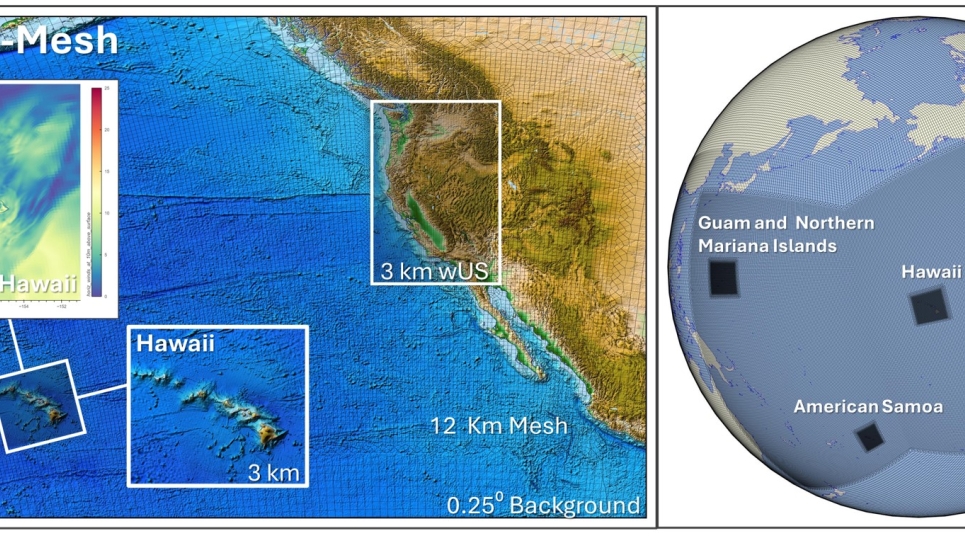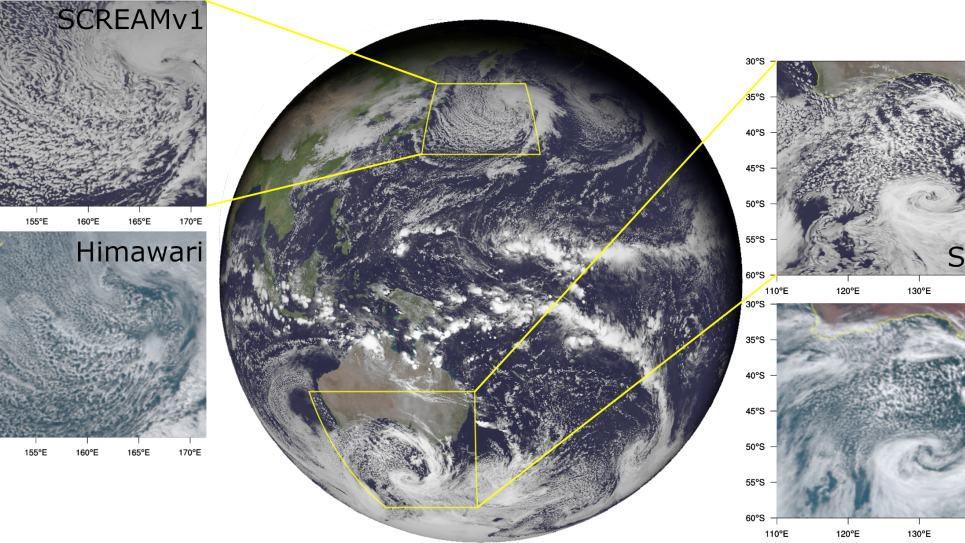Aircraft emissions can affect the chemical composition of the atmosphere and modify or create additional ice clouds in the form of contrails. When contrails spread to form cirrus clouds, they can persist for hours and extend over areas of several square kilometers. These "contrail cirrus," which artificially increase Earth’s cloudiness and become almost indistinguishable from natural cirrus, are among the most uncertain contributors to the Earth’s radiative forcing. With this project, researchers will use large-eddy simulations to fully understand the physics of the formation of contrail cirrus, and provide a valuable contribution to the development of parameterizations of aircraft-induced cirrus in next-generation global and climate models.
One of the critical aspects of this problem is represented by the transition between contrail and cirrus that occur when the effects of the atmospheric perturbations become predominant, compared to the dynamics of the aircraft wake where ice particles are initially trapped. From a modeling point of view, this is a challenging task because of the multiple complex physical phenomena involved including atmospheric turbulence, radiative transfer, and microphysics. This project will also require large computational domains to accommodate the spreading of the contrail and high resolution to correctly capture the mixing with the ambient air. By understanding and characterizing the physical mechanisms that control the formation of contrail cirrus, this work will lead to more complete and effective climate models in the future.


